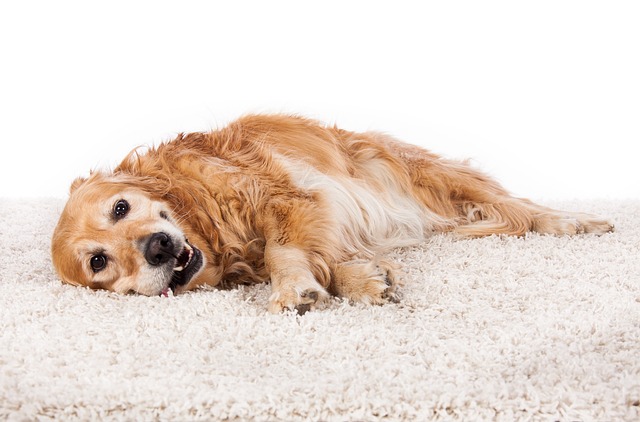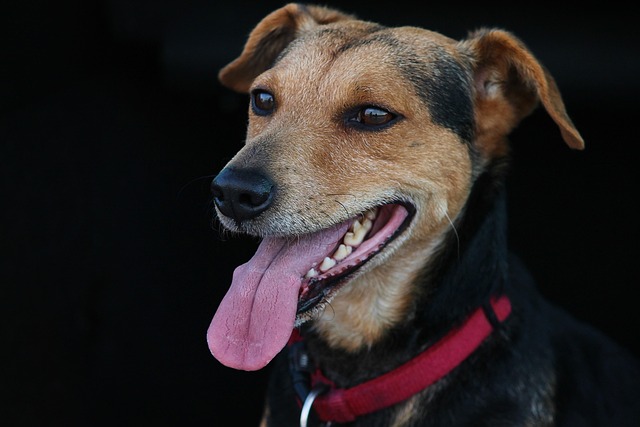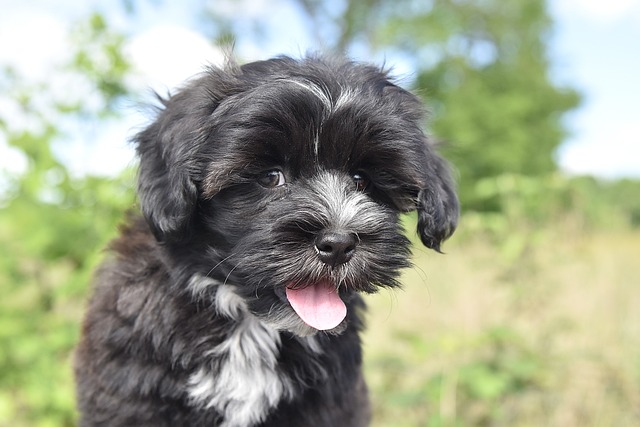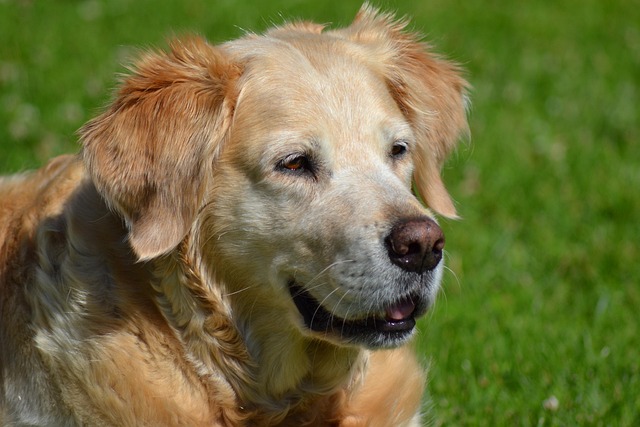
Can I train my dog to obey on my own
Of course you can! The question of whether to tackle obedience training yourself is one that crosses the mind of every new dog owner in America
Crate training a dog with severe anxiety can feel like an uphill battle, but with the right approach, you can transform the crate from a source of fear into a cozy, safe haven. It’s crucial to understand that rushing the process only heightens stress, so let’s explore gentle strategies rooted in positive reinforcement and respect for your pet’s boundaries.
First, make the crate irresistible. Line it with your dog’s favorite blanket or an article of your clothing that carries your scent—this familiar aroma can soothe their nerves. Tuck in puzzle toys filled with peanut butter or small treats; the mental stimulation distracts from anxiety while associating the crate with rewards. Remember, in many regions, ensuring the crate meets size regulations is key—dogs should comfortably stand, turn, and lie down without feeling cramped, which aligns with local animal welfare standards.
Next, introduce the crate gradually. Leave the door open and scatter treats just inside, encouraging your dog to explore at their own pace. Once they’re comfortable sniffing and nibbling, toss a treat further in, rewarding each step of bravery. Never force them in; this could trigger trauma and set back progress. Instead, use a cheerful voice and gentle gestures to create a positive association.
 When your dog willingly enters the crate, close the door briefly while you stay nearby. Offer praise and more treats through the bars, then open the door immediately. Gradually extend the time they spend inside, always ending on a positive note. Keep sessions short—5 to 10 minutes initially—and avoid using the crate as punishment, as this contradicts the nurturing environment you’re building and goes against ethical pet care norms.
When your dog willingly enters the crate, close the door briefly while you stay nearby. Offer praise and more treats through the bars, then open the door immediately. Gradually extend the time they spend inside, always ending on a positive note. Keep sessions short—5 to 10 minutes initially—and avoid using the crate as punishment, as this contradicts the nurturing environment you’re building and goes against ethical pet care norms.
For dogs with extreme anxiety, counterconditioning can be a game-changer. Play calming music or white noise near the crate to mask outside triggers, and practice relaxation techniques like slow feeding or gentle massage. During thunderstorms or fireworks, which often exacerbate anxiety, consider using a Thundershirt for added comfort. These methods not only ease distress but also help your dog feel more secure in various situations.
Finally, consistency is key. Stick to a routine with feeding, potty breaks, and crate time. Gradually increase the duration your dog spends alone in the crate, monitoring their body language for signs of stress. If your dog seems overwhelmed, take a step back; progress isn’t linear, and patience is your greatest asset.
Crate training an anxious dog is a journey of trust and understanding. By prioritizing their well-being, respecting their limits, and celebrating small victories, you’ll create a safe space where they can relax and thrive. Your dedication will not only enhance their quality of life but also strengthen the bond you share.

Of course you can! The question of whether to tackle obedience training yourself is one that crosses the mind of every new dog owner in America

That stomach-dropping moment when your dog's teeth make contact with human skin leaves most owners scrambling for answers - and often reacting out of fear, anger or embarrassment.

Bichon Frises are known for their cheerful personalities, but when it comes to potty training, opinions vary.

That sickening moment when your beloved family pet sinks their teeth into someone's hand - whether it's a visiting relative or a passing jogger

That heart-stopping moment when your normally sweet-natured Labrador suddenly lunges at your visiting neighbor - it's enough to make any dog owner's blood run cold.

You're cuddling with your Golden Retriever after his evening walk when you notice his ears feel unusually warm against your cheek.